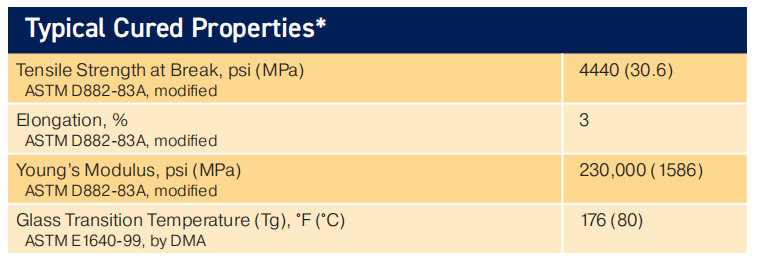

Shenzhen Hothree Technology Co., Ltd
Address: Room 220,Building C2,Zhonghao New Town,Bantian Street,Longgang District,Shenzhen,China
Tel:0086-755-86652465
Fax:0086-755-88374575
Email: sales@hothree.com
jason@hothree.com
Wechat: lijianming-007
Factory Address: Building 1, Deyongjia Industrial Park, Guangqiao Road, Yulu Community, Guangming District, Shenzhen
Your location:Home > Products » Fuji Electric
Fuji ElectricFeatures and Benefits:
Durable – provides load bearing properties equal to or greater than the materials being bonded;
provides impact resistance down to -40°F (-40°C) and extreme durability through superior inhibition of crack
propagation. Environmentally Recommended – contains no solvent, nonflammable and virtually odorless.
Environmentally Resistant – resists humidity, sunlight, salt spray and temperature extremes.
High Temperature Resistant – resists postbakes up to 400°F (204°C). Chemically Resistant – solvent resistant when cured;
anti-corrosion processes including phosphatizing and ELPO (e-coat) coatings do not affect the adhesive or its bond strength.
Continuous immersion in solvents is not recommended.
LORD 320/322 Epoxy Adhesive is a general purpose, two-component epoxy adhesive system formulated for
primerless adhesion to automotive sheet molded compounds (SMC). This adhesive system also provides
excellent adhesion to prepared metals, rubber, fiberglass reinforced plastics (FRP), polyester thermosets and
thermoplastics, and many other materials.
LORD 320/322 adhesive can be either room temperature cured or heat cured for faster processing.
Features and Benefits:
Durable – provides load bearing properties equal to or greater than the materials being bonded;
provides impact resistance down to -40°F (-40°C) and extreme durability through superior inhibition of crack propagation.
Environmentally Recommended – contains no solvent, nonflammable and virtually odorless.
Environmentally Resistant – resists humidity, sunlight, salt spray and temperature extremes.
High Temperature Resistant – resists postbakes up to 400°F (204°C). Chemically Resistant – solvent resistant when cured;
anti-corrosion processes including phosphatizing and ELPO (e-coat) coatings do not affect the adhesive or its bond strength.
Continuous immersion in solvents is not recommended.
Application: Surface Preparation – Remove soil, grease, oil, fingerprints, dust, mold release agents, rust and other contaminants from
the surfaces to be bonded by solvent degreasing or alkaline cleaning. On metal surfaces which are free of oxidation, use an isopropyl alcohol wipe.
If necessary, use abrasives to remove oxidation and mill scale. Always follow abrasion by a second cleaning to ensure removal of loose particles.
When bonding cured rubber, allow LORD 7701 adhesion enhancer/surface modifier to flash off before applying LORD 320/322 adhesive. Prime glass
and ceramic surfaces with LORD AP-134 adhesion enhancer/surface modifier to promote adhesion. Handle prepared surfaces carefully to avoid contamination.
Assemble as soon as possible. Mixing – Thoroughly mix the proper amount of resin and hardener until uniform in color and consistency. Be careful not to whip
excessive air into the adhesive system. Handheld cartridges will automatically dispense the correct volumetric ratio of each component. Heat buildup due to an
exothermic reaction between the two components will shorten the working time of the adhesive. Mixing smaller quantities will minimize heat buildup.
Do not use any adhesive that has begun to cure.
Curing – LORD 320/322 Epoxy Adhesive will cure to full strength in approximately 24 hours, provided that the adhesive, substrates and ambient temperature
are 65°F (18°C) or higher. Higher temperatures will provide faster cure times; however, the bondline temperature should not exceed 325°F (162°C).
When heated at 180°F (82°C), full cure strength can be obtained in 45-60 minutes. Elevated temperature cure produces the highest bond strengths
and impact resistance. Firm recommendations of cure times and temperatures depend on material composition and heating methods.
Once the adhesive has cured, it can be filed, sanded, machined or otherwise handled in the same way as a light metal. Paint, lacquers, enamels and other coatings can be applied to cured adhesive.
